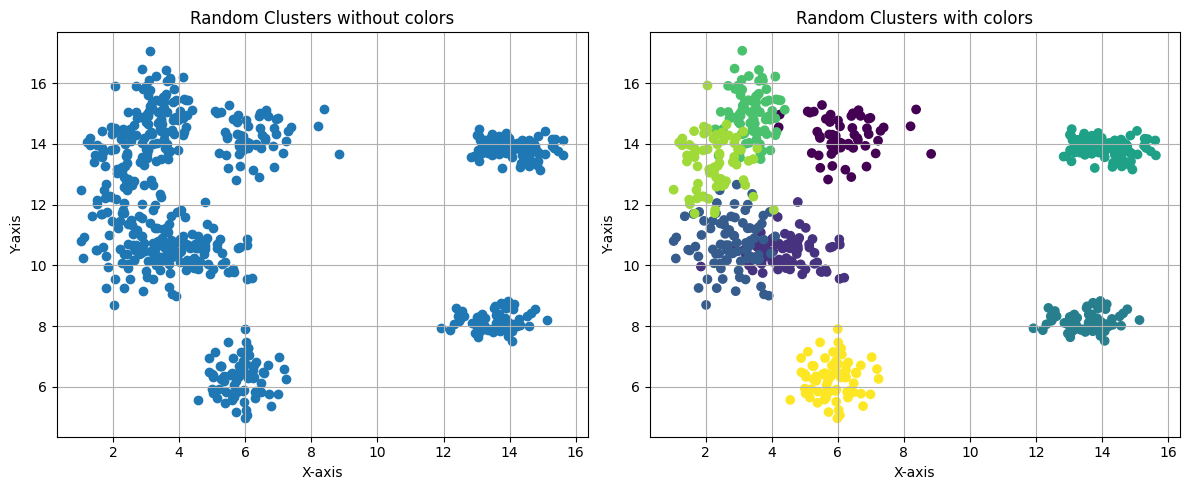Optimal Location of EV Charging Stations
This project proposes a lightweight, scalable method to locate optimal EV fast-charging stations using Voronoi geometry and a greedy algorithm. It maximizes coverage while avoiding overlap with current infrastructure.
The approach is inspired by Carlvo-Jurado et al. (2024), “Optimal location of electric vehicle charging stations using proximity diagrams”, published in Sustainable Cities and Society.
Read the paper
Data sources include OpenChargeMap, OpenStreetMap, and city population stats. The pipeline—built in Python with geopandas, shapely, and scipy—identifies high-potential points through spatial filtering and iterative selection.
Preliminary results show promising coverage improvements along strategic transport routes.

